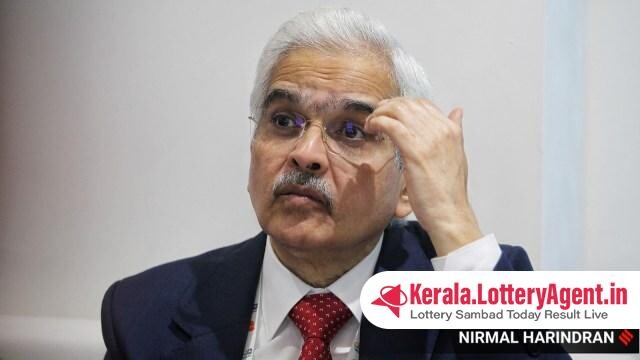
Amid the ongoing economic narrative, the Reserve Bank of India (RBI) has drawn significant attention due to its persistent vigil over the country’s inflation outlook. The RBI’s Monetary Policy Committee (MPC), having concluded its latest meeting between April 3 and April 5, has highlighted its cautious stance concerning potential risks that may disrupt the disinflation process, with a particular focus on food inflation risks.
The six-member MPC decided to maintain the status quo, leaving the repo rate anchored at 6.5 percent and retaining the withdrawal of accommodation policy stance. Despite recent signs of easing inflation, RBI Governor Shaktikanta Das emphasized the importance of preserving the disinflationary gains achieved over the past two years and moving further towards the 4 percent inflation target.
Governor Das, in his remarks noted in the recently released minutes of the MPC meeting, projected that inflation would moderate to 4.5 percent in the fiscal year 2024-25, down from 5.4 percent in 2023-24 and 6.7 percent in 2022-23. He went on to underscore the volatility of the inflation trajectory due to factors such as supply side shocks, particularly those affecting food prices due to adverse weather events and other unforeseen factors.
The Governor, who voted for keeping the repo rate steady, called for a cautious approach to monetary policy, assuring that policy transmission continues and household inflation expectations are becoming more anchored. Advising prudence, he hinted that now is the time to “stay the course and remain vigilant.”
Deputy Governor Michael Debabrata Patra also expressed concern over the persisting risks of food inflation, which have been exacerbated by a short and limited winter price dip and the anticipated rise in temperatures into the summer months. Citing rising global food prices and supply chain pressures, Patra advocated for maintaining a cautious monetary policy stance.
The implications of the lingering geo-political tensions, their influence on commodity prices, and their further effects on supply chains were additional factors necessitating restraint in monetary policy. Patra, in the MPC minutes, speculated that headline inflation may hover near the upper limits of the tolerance band until base effects become favorable in the second quarter of 2024-25.
MPC member Rajiv Ranjan pointed out the divergence between food and core inflation. He acknowledged the concerns surrounding the outlook on food inflation, underscoring the importance of remaining watchful of upside risks emerging from climate variables, supply side shocks, and geopolitical developments.
Echoing the sentiments around the importance of food inflation trends, MPC independent member Shashanka Bhide addressed the effects of global conditions on commodity prices, indicating that supply and price conditions are laden with risks due to uncertain weather and geopolitical conflicts.
Ashima Goyal, another MPC member, provided a perspective on the interest rate, noting that the real interest rates are currently exceeding the natural or neutral interest rate that is conducive to maintaining targeted inflation and output levels. Goyal highlighted multiple factors which could potentially dampen future supply shocks, such as improved governance, investment in infrastructure, and the diversifying effects of global climate phenomena like El Niño transitioning to La Niña.
Meanwhile, independent member Jayanth Varma recommended a reduction in the repo rate by 25 basis points and a shift to a neutral policy stance, postulating that a real interest rate of 1-1.5 percent would be sufficient to guide inflation towards the 4 percent target. He expressed concern that the growth of the Indian economy could be hampered by excessively high real interest rates.
Governor Das concluded with an optimistic view on the economic trajectory of India, anticipating healthy agricultural prospects, rural demand, and robust growth momentum which collectively offer the RBI the flexibility to focus unerringly on price stability, which he regards as a pillar for sustainable growth. The RBI has projected a real GDP growth rate of 7 percent for the fiscal year 2024-25, laying the groundwork for a continued emphasis on financial stability and economic expansion.












